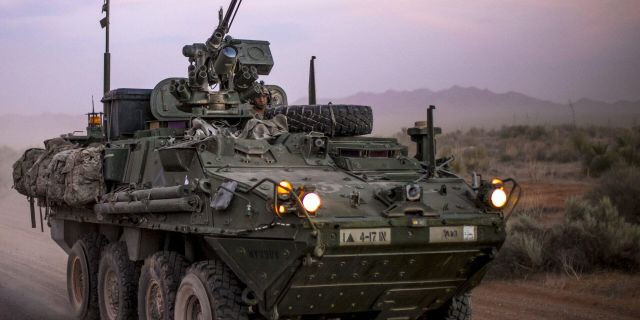The military can now train personnel in virtual battles with enemies in the Metaverse. It's like a multiplayer video game, writes TNI. Augmented reality has long been actively used in the military training of American soldiers.
Girish Linganna
The metaverse as a technology is interesting not only to the giants of Silicon Valley. Artificial intelligence, virtual and augmented reality can also be used in military training familiar to the US Army. American pilots are already using augmented reality glasses (for example, Microsoft HoloLens), practicing air combat skills, refueling, formation in the air and maneuvers.
The metaverse is "a single digital world combining physical, augmented and virtual reality." In it, users will be able to virtually interact with the computer environment and other participants. As far as we know, the Metaverse can become the next generation of the Internet, a kind of arena where you can play games, buy digital goods, study, read the news and meet new people.
To avoid failures, it will certainly require significant computing power. Current solutions are extremely expensive because they require a huge number of servers or large support groups. The metaverse is highly dependent on cutting-edge developments in virtual, augmented and augmented reality. And the acquired game skills can be transferred to the battlefield.
The Metaverse can be used in different ways for defense needs. It can combine several levels of modeling — topography, satellite networks, the Internet of Things and professional skills. It can radically change the program image of the area without direct contact. It can solve logistical and practical tasks in connection with large-scale educational situations. It can be implemented everywhere to synchronize training, paying special attention to the weather, terrain and mobility of personnel.
Today, the military can train personnel in the Metaverse in virtual battles with enemies that somewhat resemble a multiplayer video game.
Virtual and augmented reality have already become regular elements of military training in the United States. The BlueShark project, which allows sailors to control ships and collaborate in a virtual environment, was launched in 2014 by the Office of Naval Research and the Institute of Creative Technologies at the University of Southern California. Another project, Project Avenger, is being developed by the US Navy for pilot training. The US Air Force uses virtual reality to train pilots in piloting skills and practice tasks. Boeing has created augmented reality technology, thanks to which mechanics can practice repairs before stepping on board a real aircraft. Finally, virtual reality treats veterans for chronic pain and post-traumatic stress.
Here are some real-world examples. In December 2021, the US Air Force held a virtual meeting with 250 participants from different countries from the USA to Japan. Improbable has created virtual battlefields where up to 10,000 British soldiers can train at the same time. The company also cooperates with the US Department of Defense.
The Metaverse has huge defense potential, partly because military training is expensive for states, and virtual reality will help solve the financial problem. The end product (whether it's controlling an airplane or a drone) doesn't have to be hyperrealistic, and it will help reduce the cost of military training.
However, the effectiveness of new military systems depends heavily on artificial intelligence (AI). The Defense Advanced Research Projects Agency (DARPA) project uses augmented reality technology Red6, in which a live fighter pilot competes with an AI-controlled aircraft. The project was launched in October 2020, but since then the robot pilot has honed his skills to the point that he always defeats a live opponent.
Another DARPA project, "Sensory Task Management," aims to create an assistant with artificial intelligence that monitors and controls the actions of troops. Unlike Boeing's augmented reality technology, which works only under certain conditions, "Sensory task management" requires the system to constantly "monitor" the real environment and be aware of the situation.
During the large-scale exercises of 2021, LSE 21 combined new operational concepts of the US Navy and the Marine Corps. They were attended by 25,000 participants from seventeen time zones: some at the tactical level from twenty-five ships at sea or in port, some at the headquarters level from the operational centers of the Navy or Marine Corps, and some strike groups scattered around the world joined right during the task.
Vice Admiral Jim Kilby, Deputy Commander of the US Navy, told reporters that Learjet aircraft equipped with special containers are used in the exercises, which simulate the approach of missiles on ship radars. A whole day of training can go down the drain if the on-board operator reacts incorrectly, if the capsule fails or if the aircraft needs refueling. Multiply that by the twenty-five ships participating in LSE 21 and be amazed at how difficult it is to conduct exercises of this scale in real time.
China and India are also eyeing the possibilities of the Metaverse. According to US Air Force expert Josh Bowman, an aviation and space industry specialist in Asia, the Metaverse may become an alternative battlefield in the future.
Girish Linganna is a defense and aerospace industry analyst and Director of ADD Engineering Components

